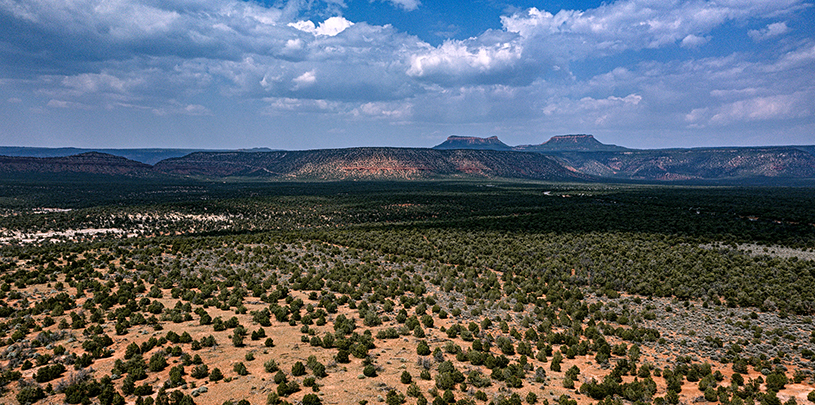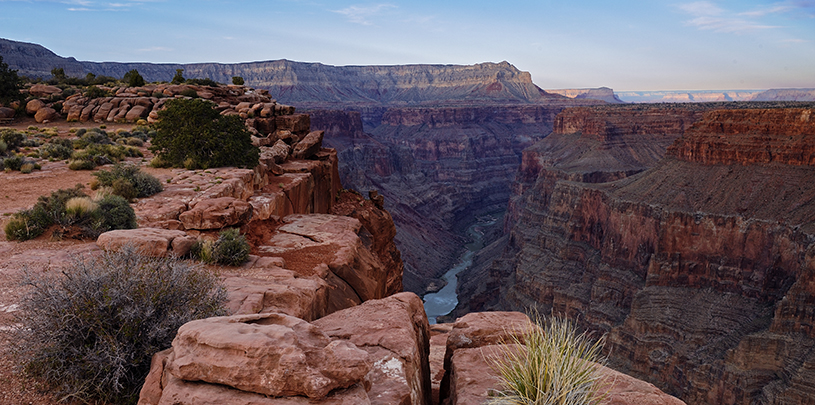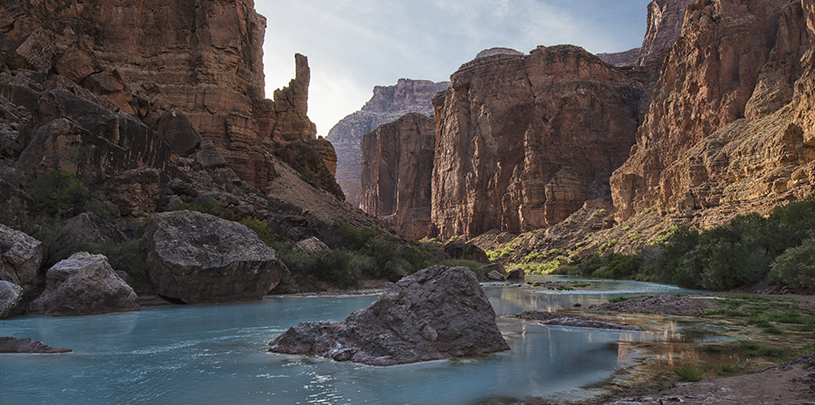
In the last few years, the Trump administration has turned a fire hose on the finest environmental law our nation ever enacted: the National Environmental Protection Act (NEPA).
NEPA is the law that gives you a voice in whether the government builds a highway through your neighborhood. It’s the law that led to the decision to move 16 million tons of uranium tailings off the banks of the Colorado River, protecting the drinking water of millions of people. NEPA is the law that forces the government to think about potential impacts of building a dam, permitting a coal mine, or clear-cutting your national forests before a shovel touches the ground. Quite simply, NEPA leads to better outcomes for everyone.
Need more of a NEPA refresher? Find out what the law is all about ›
But virtually every procedure for how to implement NEPA is currently under attack.
This June, President Trump issued an executive order under which he encourages agencies to just skip NEPA altogether. The title — Executive Order on Accelerating the Nation’s Economic Recovery from the COVID-19 Emergency by Expediting Infrastructure Investments and Other Activities — shows how the pandemic is being used as a cover for pushing environment-threatening projects.
What does the executive order mean for NEPA?
Now during a global pandemic, when public health and safety is more important than ever, this executive order has jeopardized the health and safety of Americans by rolling back NEPA regulations. The new order functionally streamlines the approval process for federal projects related to “infrastructure, energy, environmental, or natural resource matters,” by allowing agencies to bypass existing regulations and requirements.
By early July, each agency is to send a list of projects they’re speeding up. And then they are to send status reports of such projects every 30 days as long as the national emergency exists.
But the administration had its eyes set on dismantling NEPA long before the coronavirus recession hit. Earlier this year, the administration proposed wholesale revisions to the 50-year-old NEPA regulations (a single regulation had been changed in 1986). The proposed revisions are appalling. For instance, agencies would no longer need to consider the indirect or cumulative impacts of any projects or actions they’re proposing. This mean agencies wouldn’t have to consider climate change (e.g., rising temperatures and sea levels, increasing drought or flooding) when proposing fossil fuel production on public lands, or when tearing out pinyon and juniper throughout the West.
Why are the NEPA rollbacks bad?
For decades, NEPA has protected our right to weigh in on projects that affect us. These rollbacks sideline communities and pave the way for industry and corporations to speed up the projects they want without considering public health and environmental impacts, or offering alternative approaches.
As seen time and time again, marginalized communities bear the disproportionate burden of pollution in their neighborhoods. We need our government to listen to those impacted most, not silence them by undermining NEPA.
What you can do
You can help by frequently writing to and speaking with your government representatives (local, state, and national) and asking them what they are doing to protect your voice, public health, science, and our shared environment. Keep learning and stay informed so that you can speak out effectively. Support organizations that are working to save NEPA. Write letters to the editor, because this is all happening at an accelerating pace while people are struggling to just breathe. Be determined.




